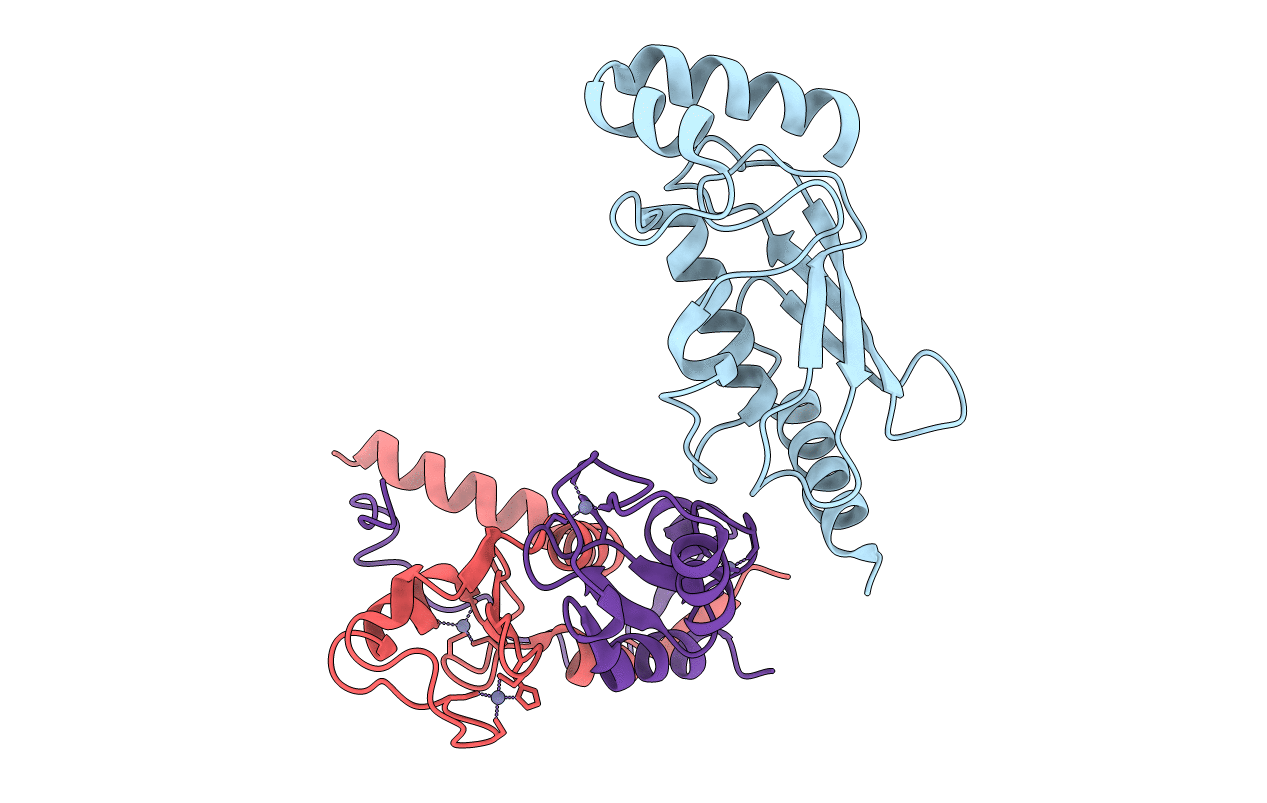
Deposition Date
2011-04-26
Release Date
2011-08-17
Last Version Date
2023-09-13
Method Details:
Experimental Method:
Resolution:
2.65 Å
R-Value Free:
0.24
R-Value Work:
0.21
R-Value Observed:
0.21
Space Group:
P 32 2 1


